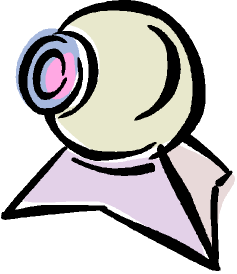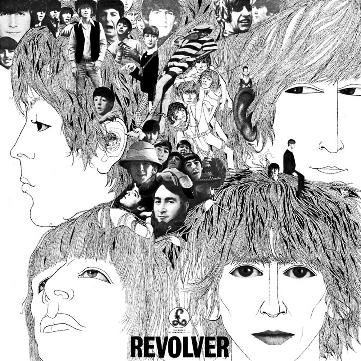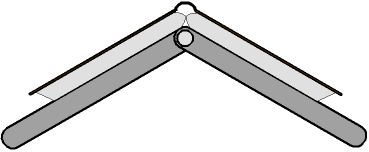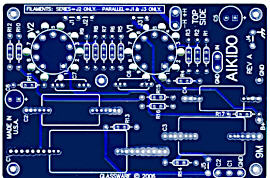| John Broskie's Guide to Tube Circuit Analysis & Design |
|
06 January 2008
Article Attribution More Classic Articles?
This leads to my making the following suggestions to the ten makers of scanners. Nowadays, scanners, like hard-drives, memory chips, and LCD monitors are just computer commodities. They are excellent and cheap. If one breaks, the owner is not likely to bother sending it in for repairs. And the only obvious improvements left are smaller size and greater speed—if they became any cheaper, they would be free. All the scanner makers know this, so the next innovation will be coming out with designer colors, say hot pink for little girls... Or could something new and useful be created with flatbed scanners for home use? I believe so. For example, a wonderful addition would a small video camera inside the scanner that would allow real-time viewing of the position of document to be scanned against a computer-generated crosshair. What a godsend this would be for me, as I hate having to scan, review, then make small rotations as needed to get good alignment between scanner and scanned object. A cheap black and white video camera chip with a fisheye lens costs about $2 wholesale.
Second, I (and no doubt thousands of other record collectors) would like to be able to scan an LP’s cover in one pass. But I cannot, as scanners with a scanning bed big enough to accept 12.25 by 12.25 inch covers cost a fortune. Why? Big scanners are only used by professionals and those big scanners, like most professional gear, carry a big price tag. But stop and remember that just 15 years ago, all scanners were just for professionals and all scanners carried big price tags. Making a wider scanner is no big deal, but having an extra-wide scanning bed would be a huge selling advantage, as not just record collectors need a bigger scanning bed; for example, old magazine and newspaper collectors, genealogists, artists, memorabilia collectors—all could use a wider scanner.
Third, I just mentioned my unease at the thought of damaging my fragile audiocraft magazines and I am not alone. Magazines and books were not designed to be pressed flat, but to be opened at an angle much less than 180 degrees. A dilemma, but only a dilemma if the scanner bed is flat. Why not create a scanner designed for books, one that held two scanner beds that folded and joined at the center. Thus, a book could be placed in its natural opening position over a 90-degree scanner bed and both facing pages could be scanned at once. When not in use, the scanner would fold upon itself for easy storing.
Now, if anyone has a big wad of venture capital cash burning holes in his pants, take these ideas and run with them. I need a new easy-to-position, folding, wide-bed scanner.
Next Time
//JRB
|
High-quality, double-sided, extra thick, 2-oz traces, plated-through holes, dual sets of resistor pads and pads for two coupling capacitors. Stereo and mono, octal and 9-pin printed circuit boards available. Aikido PCBs for as little as $20.40 http://glass-ware.stores.yahoo.net/
Only Download or CD ROM www.glass-ware.com
|
|||
| www.tubecad.com Copyright © 1999-2008 GlassWare All Rights Reserved |






















